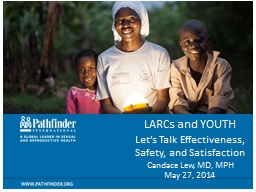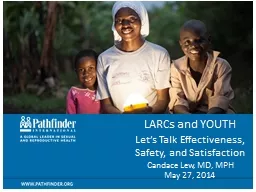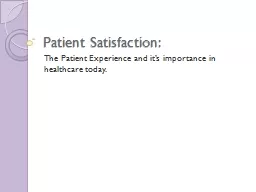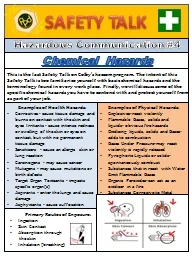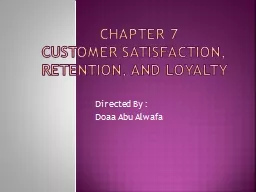PPT-LARCs and YOUTH Let’s Talk Effectiveness, Safety, and Satisfaction
Author : summer | Published Date : 2024-02-09
Candace Lew MD MPH May 27 2014 LONGACTING REVERSIBLE CONTRACEPTION LARCS INTRAUTERINE DEVICES AND SUBDERMAL IMPLANTS EFFECTIVENESS IUDs Copperbearing lt1PG100 women
Presentation Embed Code
Download Presentation
Download Presentation The PPT/PDF document "LARCs and YOUTH Let’s Talk Effectivene..." is the property of its rightful owner. Permission is granted to download and print the materials on this website for personal, non-commercial use only, and to display it on your personal computer provided you do not modify the materials and that you retain all copyright notices contained in the materials. By downloading content from our website, you accept the terms of this agreement.
LARCs and YOUTH Let’s Talk Effectiveness, Safety, and Satisfaction: Transcript
Download Rules Of Document
"LARCs and YOUTH Let’s Talk Effectiveness, Safety, and Satisfaction"The content belongs to its owner. You may download and print it for personal use, without modification, and keep all copyright notices. By downloading, you agree to these terms.
Related Documents

